
Pictured above is a promotional photo from Ducati presented in conjunction with the launch earlier this weekend of the 2019 MotoGP Team, this year featuring the returning Andrea Dovizioso and Danilo Petrucci (replacing the departing Jorge Lorenzo). It shows the new “livery” on the bike, but not the final version of the bike. We won’t see that until the opening round of the 2019 series at Qatar. Why?
Ducati is deep into aerodynamic design of its fairing this year utilizing the services of Edoardo Lenoci, a former F1 engineer who uses, with his team, CFD (Computational Fluid Dynamics) in the design of the fairing to be used in 2019.
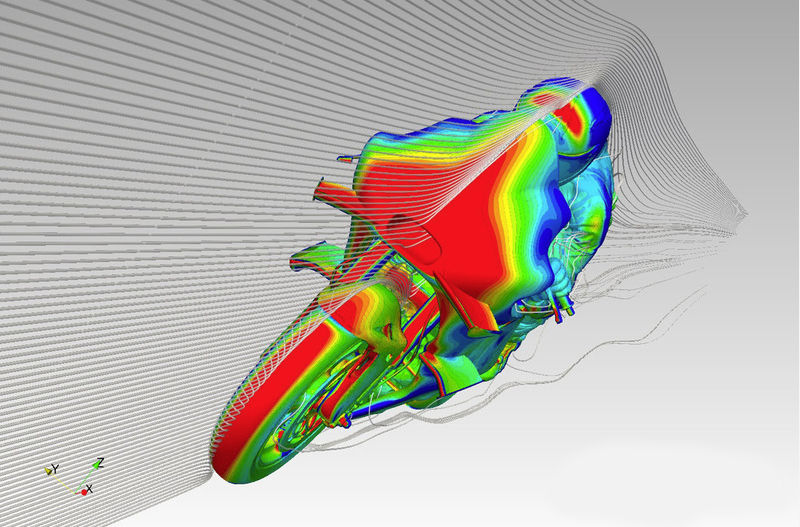
CFD allows engineers to simulate race track conditions on a computer, and fine-tune aerodynamics without having to produce prototypes and test them in a wind tunnel. There is a good article regarding Ducati’s aero push in crash.net. The final fairing design unveiled at Qatar will be interesting to see. Whether Ducati is ahead of its competitors on this front is difficult to tell.
See more of MD’s great photography:

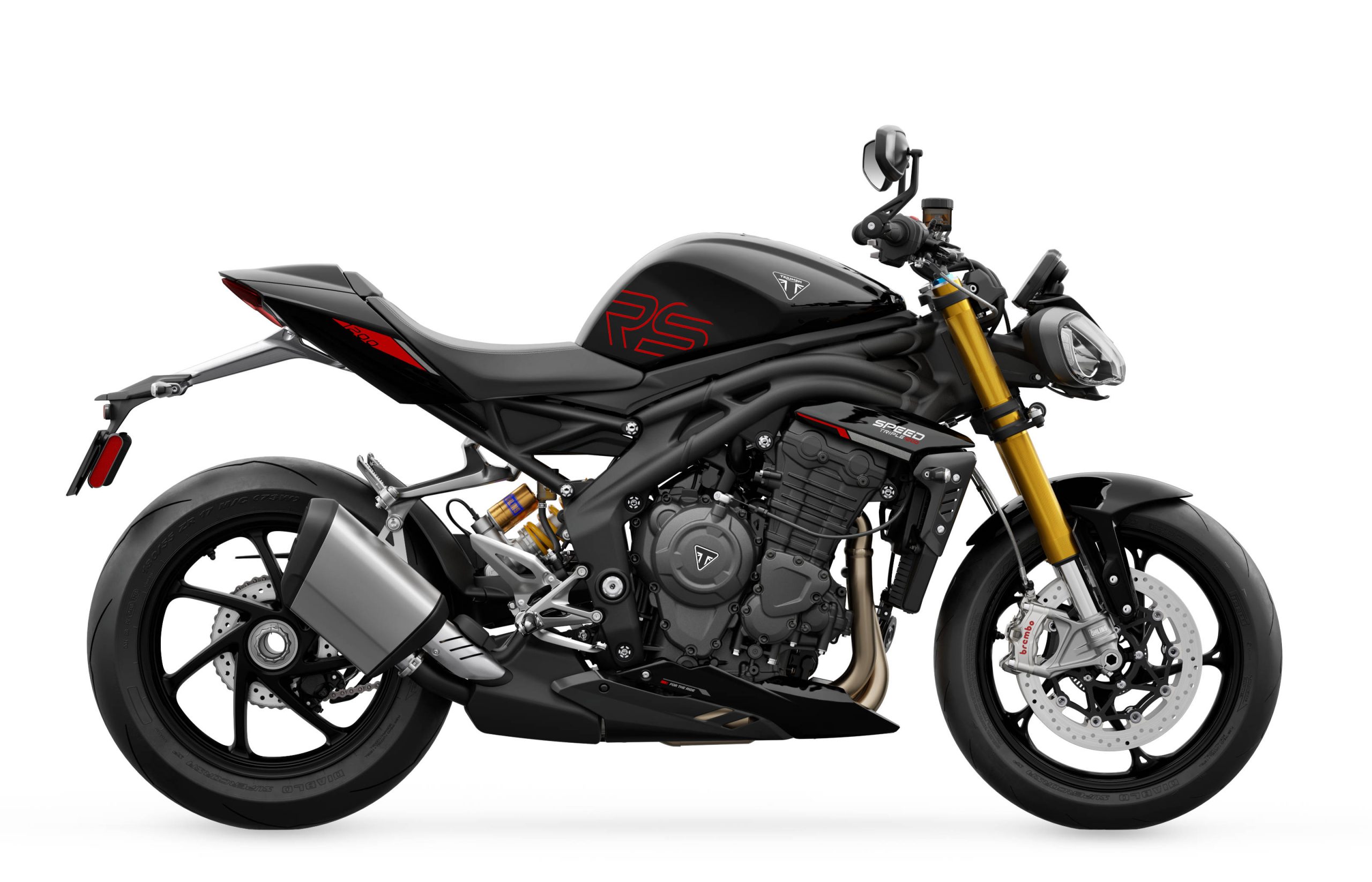
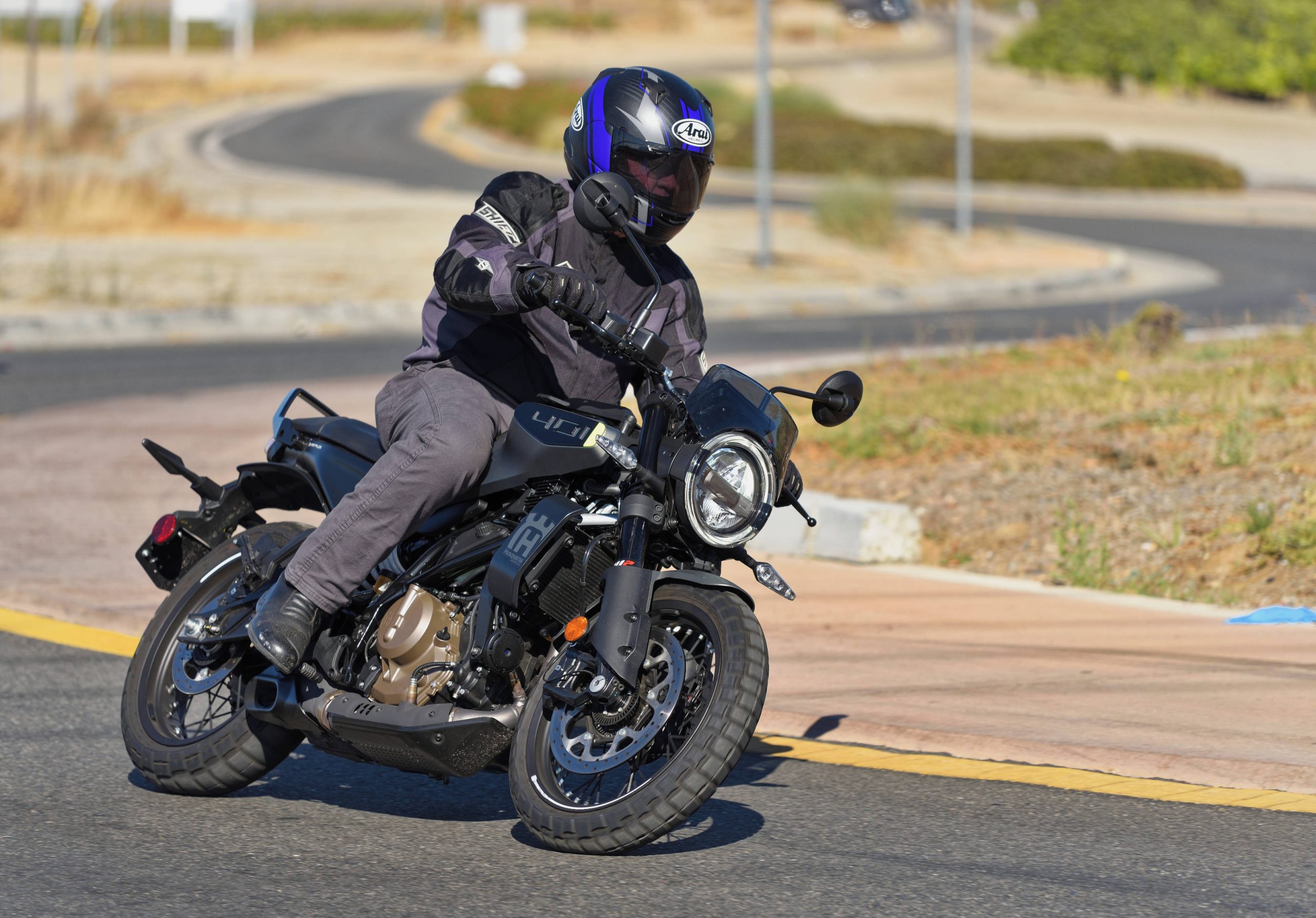
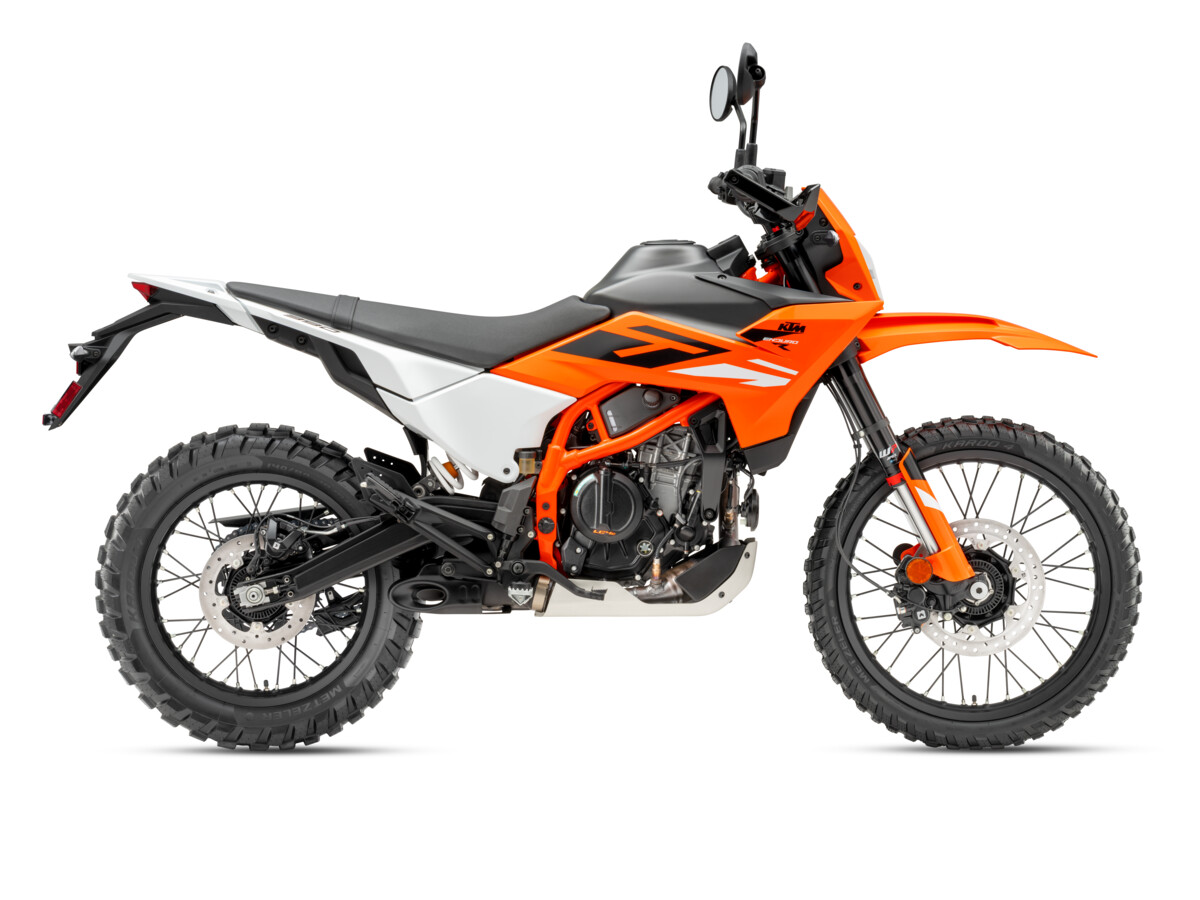
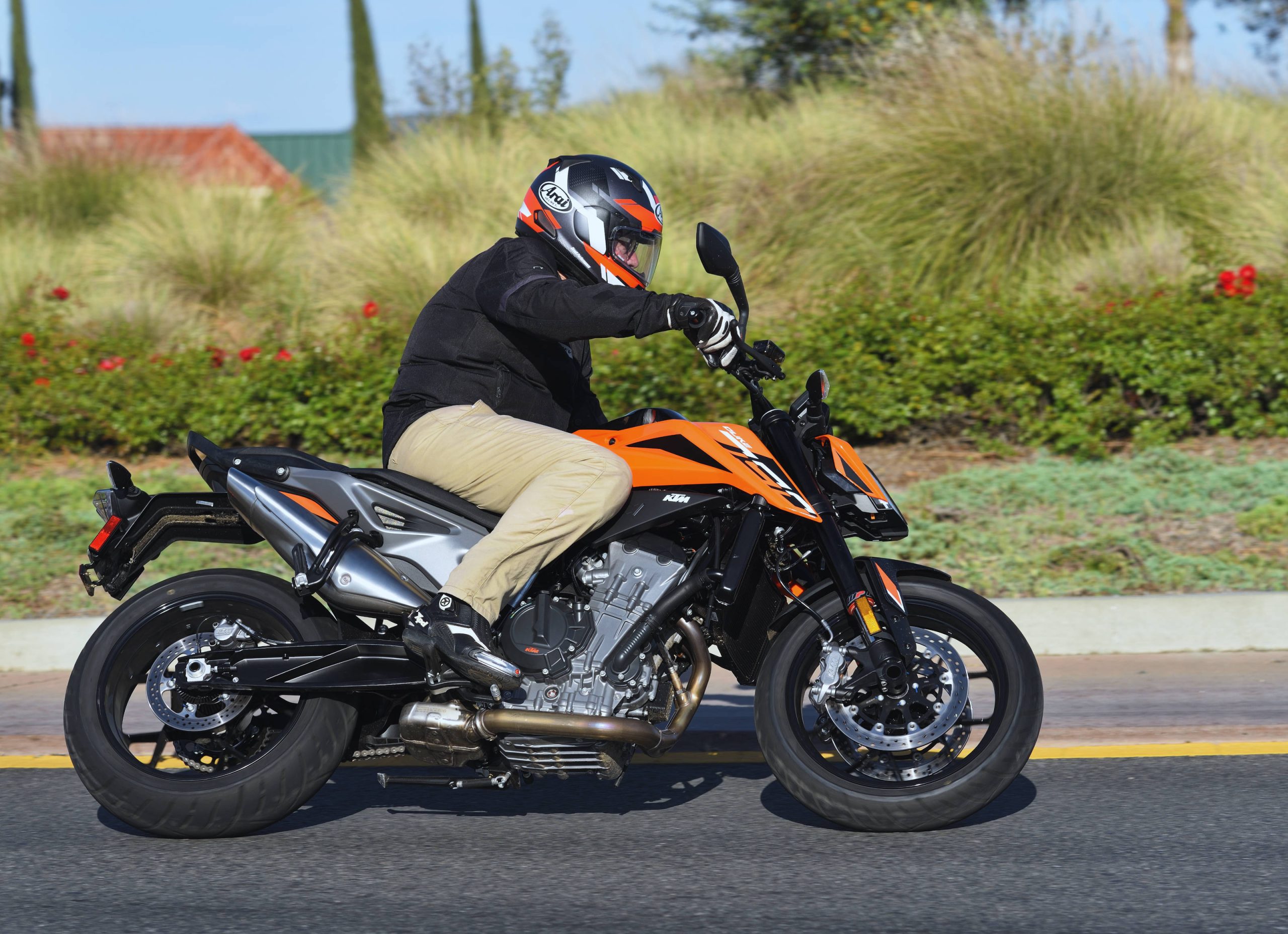
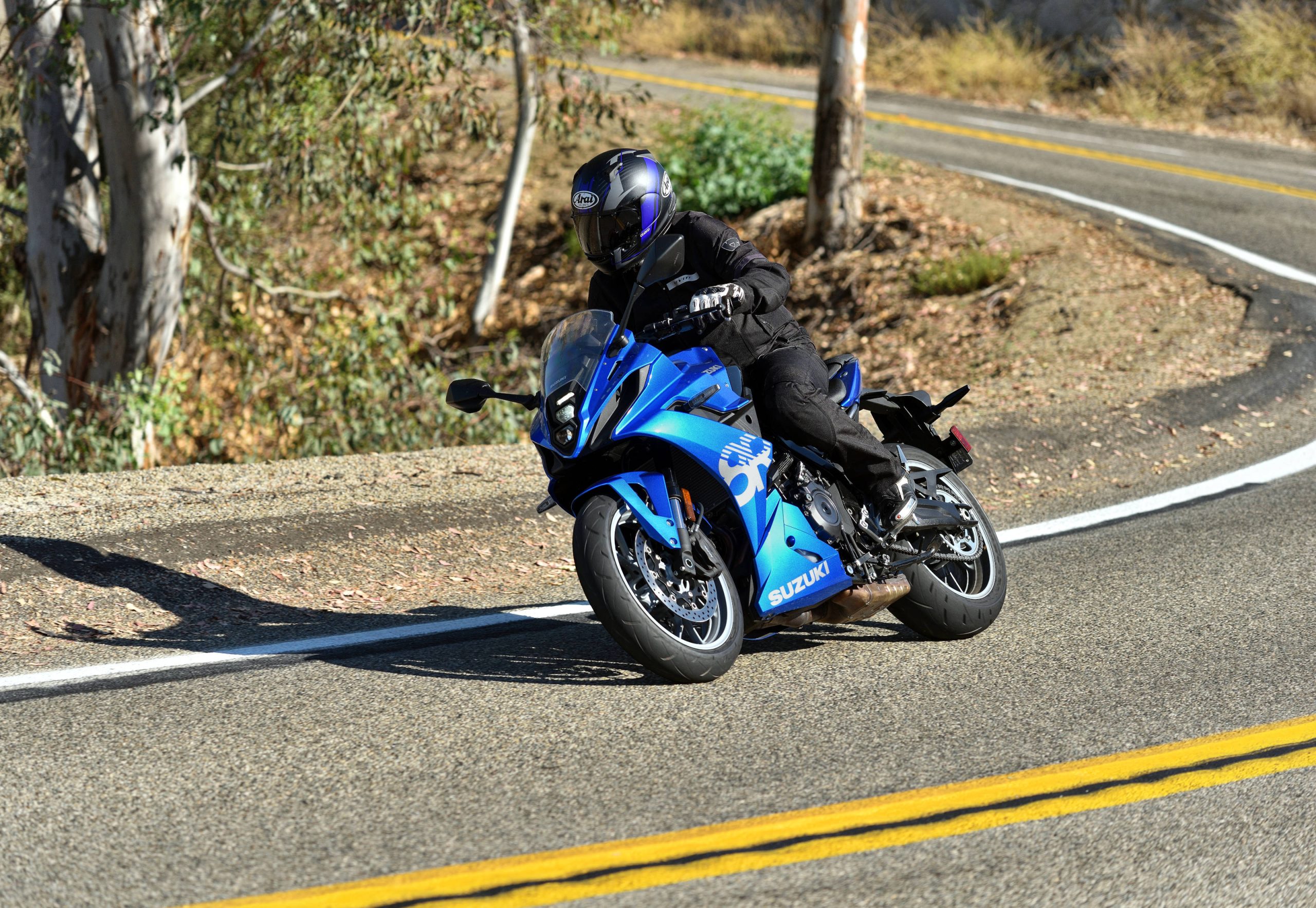
It took me a while to realize, the new sponsor “Mission Winnow”, is actually PMI, Phillip Morris Tobacco products. Their new smokeless tobacco, meant to hook another generation of gullible young people into thinking smoking is cool. I thought tobacco sponsorship was illegal?
Mission Winnow is not a tobacco product. PMI has stood behind both Ducati and Ferrari in their respective sports for the last couple of decades, despite not being able to have their name on the cars/bikes. PMI owns several companies, including Kraft Foods. Mission Winnow is a new science/engineering inactive, and has nothing to do with tobacco.
One thing I find interesting, but never seems to be talked about, is that there is so much sponsor branding all over the bike and 95% of the rider, that it is becoming difficult to know what kind of bike is actually being ridden here. Riders who win is great, but knowing what kind of bike they are riding I would think would be desirable for the manufacturer as well.
That’s an interesting comment. As a fan of the sport, the bikes are immediately recognizable to me. But I seriously doubt that is the case for an interested party that might just be dipping their toes in the water. I never really thought about that.
He has a point Jeremy. Look at the pic above. How can you tell that’s a Ducati? Answer..because it says it on the riders forearm. Kinda hard to pick that out at 170 mph.
You can tell by the shouting of the Aussie commentator yelling, “LOOK AT THE GRUNT OF THAT DUCAATI ON THE STRAIGHTAWAY!!!”
Haha. Well, like I said – as a fan – it is immediately recognizable as the Ducati to me. Fat tail, exhaust, fairing.
But if they’ve really been working on aerodynamics lately, then the 2019 fairing may be quite a departure. And if the arms race between factories really starts leaning towards aero, the bikes will likely begin to look more and more like each other. Then we’ll all have to do our best to get a squint at the riders’ arms as they zip by at 170mph!
I think the answer to his point though is that the ad space is just more valuable to companies that have mass market appeal. Race fans already know that Marquez is riding a Honda. How much more reach do they get for their brand by putting a big, bold “Honda” on the bike? They are effectively costing themselves a lot of money to tell their target market what they already know. Meanwhile, Repsol is willing to pay good money to get to know us.
It is interesting, isn’t it?
In MX which bike the rider is on is easily identifiable as follows:
Red = Honda
Yellow = Suzuki
Blue = Yamaha
Green = Kawasaki
Orange = KTM
White = Husqvarna
While some of the motoGP bikes loosely follow this (Ducati, Suzuki, KTM), the manufacturers have all but forfeited color branding.
Looks just like a Ferrari.
That is strange. Ducati looks on power
It will be interesting to see whether they run into F1 style aero problems as well. It’s a good thing that we have these engineers to suck all the fun out of watching, driving, riding, well pretty much everything. I think the last thing MotoGP needs is to open that can of worms with Honda and the way they’ll spend $$ to win. It may even lead to spec fairings.
ChrisRR, they used to have dustbin fairings that really reduced the drag but they were outlawed by the sport’s governing bodies. The fairings made the bikes too fast and were very susceptible to crosswinds.
Good engineering is one of the biggest reasons riding motorcycles is fun and as safe as it is.
The rules have been changing to reduce the “wallet race” effect that we saw back when only one of three bikes in the paddock had any chance at all of winning (the two repsol hondas and Lorenzo’s Yamaha). Bikes are an aerodynamic problem. They’ve always worked on it. This is just an article that reminds that it continues.
Yeah right. Reduce the wallet race by mandating four strokes, which cleared the field of anyone but those who could afford to develop obsolete engines and the electronics packages that make the dinosaurs rideable.
Tell us another fairie story.
When the 4-strokes came on-line, Honda was leasing 2-stroke GP bikes to teams for $1m/ye per bike, no suspension, brakes, or wheels. Hardly “cheap”.
There were also no traction control systems on the 4-strokes and they rendered the 2-strokes noncompetitive from Lap-1. They were so fast that shortly after, they reduced the displacement by 20% (which backfired..). The problem was that the rule makers didn’t keep up with the manufacturers. 4-strokes are objectively superior to 2-strokes. That is why they pretty much made 2-strokes go pretty much extinct in the consumer market before the EPA’s of the world hammered in the last coffin nails.
I once asked Kevin Cameron about the prospects of improving the high coefficient of drag in motorcycles, at a question and answer session at the Indy MotoGP. To my disappointment he didn’t offer much hope for any breakthrough in the near future. That was a decade ago and technology marches forward, looking forward to seeing what Ducati has in store for the upcoming season
I don’t think this would be his full answer. I think that would be “because people won’t accept it” – in terms of motorcycling’s appeal, the way you sit – not like a car/recumbent*, and being out in the wind are very much a big part of it – so, what a motorcycle fundamentally IS. Plus styling. The kind of tail cone required would look pretty funny though a couple race things (a Buell of some kind IIRC?) did try this approach.
* Recumbent bicycles, being human-powered, achieve quite an obvious aero/speed advantage, yet are not even considered by the vast majority of the bicycling public (myself included)
This ^^.
The last time a motorcycle company really concentrated on aerodynamic drag as a component of objective high performance on a consumer motorcycle, we got the Hyabusa. Kawasaki was collaborating with them at the time and admitted that their research led them down the same road for the ZX-12r, but they chose to go with a more traditional look, since the bikes were both top-speed governed, anyway.
the suzuki was still not aerodynamic efficient, think the gurney alligator, the vetter fairing, or more recently the MONORACER.
the duke with the short uprising tail is still an earo brick.
For sure a more aerodynamic motorcycle can be made, especially if changing the position of the rider is on the table.
The Gurney Alligator is a recumbent position, like the bicycles TimC references above.
I hope the hell this doesn’t mean that bikes are heading towards the aero-dominated snooze fest that is modern F1. I doubt it at least with current configuration (the rider on the bike being pretty troublesome for good aero) but hmmm nonetheless.
Edit – actually with that tall/angled-up tail separation at the back looks to be being dealt with reasonably well. Double hmmm
Interesting design. Bike is also missing Ducati’s new torque arm they are playing with. I read the other night they also got more horsepower this year, reportedly in the neighborhood of 300. How crazy is that?
more horsepower, better aerodynamics. Should be entertaining.
More power too? Jeez. A more powerful and aerodynamic Ducati, Lorenzo and Marquez on factory Honda’s… I think Yamaha could be in for another disappointing year.
Yamaha needs either liquid Schwartz or kryptonite. Neither of which is real.
what they have instead is 2 riders in disagreement about which way bike development should go.
and that’s not good